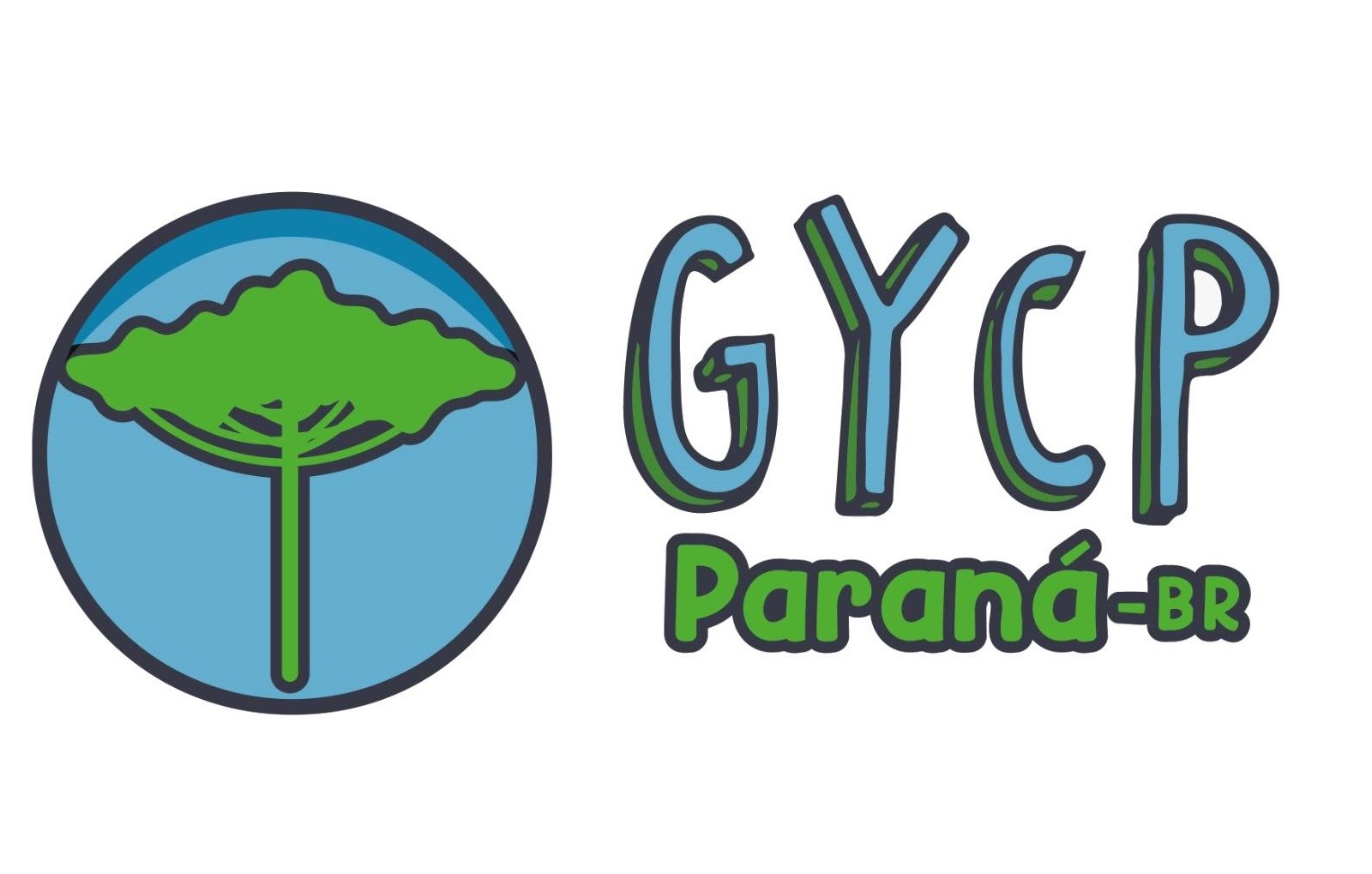
The Integration of Teaching, Research, and Extension Project (PIEPEx) has as its main objective to stimulate youth leadership in the face of the Climate Emergency, based on their context and life experiences. The main goals are: a) to understand how young people perceive the Climate Emergency, particularly its consequences, such as the increased risk of disasters; b) to provide theoretical and methodological support to young people regarding the impacts of climate change on local hydrological dynamics; c) to assist young people in developing coping strategies to reduce risks; and d) to promote the participation of young people in scientific events related to the theme and in scientific productions.
Development period: 2023 – 2025
Mapping and assessment of flood risk
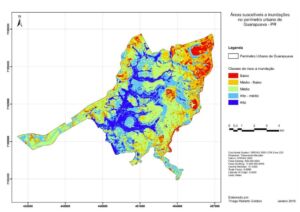
The objective of this project is to develop a methodology for territorial planning that considers the risk of disasters associated with flooding, for small and medium-sized cities with a lack of hydrological data, based on the identification and analysis of the hydrological characteristics that generate events of flooding.
Development period: 2022 – 2026
Trunk flow and epiphytes in the forest interception process
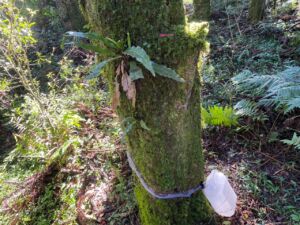
The objective of this work is to investigate the role of epiphytes in the microhydrological cycle in an Ombrophylous Mixed Forest in order to provide an assessment of the rates of direct interception by epiphytes, from different tree species that generate flow through the trunk and to provide evidence that the epiphytic architecture can condition specific traits in the species as well as in the distribution of water in the soil and in the flow of nutrients from the flow through the trunk.
Development period: 2021 – 2025
Hydrogeomorphological study of rocky fluvial confluences with different junction angles
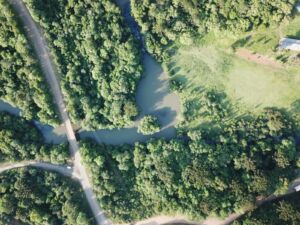
The objective of this project is to investigate the morphology and distribution of sediments in bed of rocky river confluences with different junction angles. For this, field data are being obtained, such as morphology (width, slope, depth), geology (bed lithotypes) and sedimentary (bed sediment samples), as well as the use of an unmanned aerial vehicle – UAV for records photographs of the confluence areas.
Development period: 2021 – 2025
Study of water quality and distribution of macroinvertebrates in river confluences inserted in different types of land uses
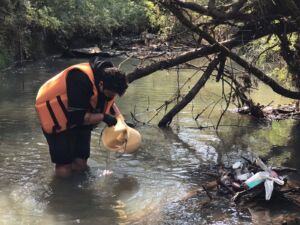
The objective of this project is to evaluate the presence and structure of benthic macroinvertebrates communities in river confluences according to the type of land use and occupation and fluvial dynamics.
Development period: 2022 – 2024
Monitoring and hydrosedimentological modeling of the Cascavel river basin, Central-South region of Paraná
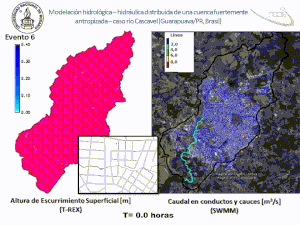
The general objective of the work was to monitor and model the hydrological and hydrosedimentological dynamics in the Cascavel River basin, Guarapuava, in the Center-South region of the State of Paraná, with the purpose of supporting practical actions via public policies in the sense of preventing and mitigating the occurrence of socioenvironmental problems. The hydrological models TOPMODEL (TOPography-based hydrological MODEL) and TREX (Two-dimensional Runoff, Erosion, and eXport model) will be calibrated and validated for rainfall events in the Cascavel watershed.
Development period: 2013 – 2020